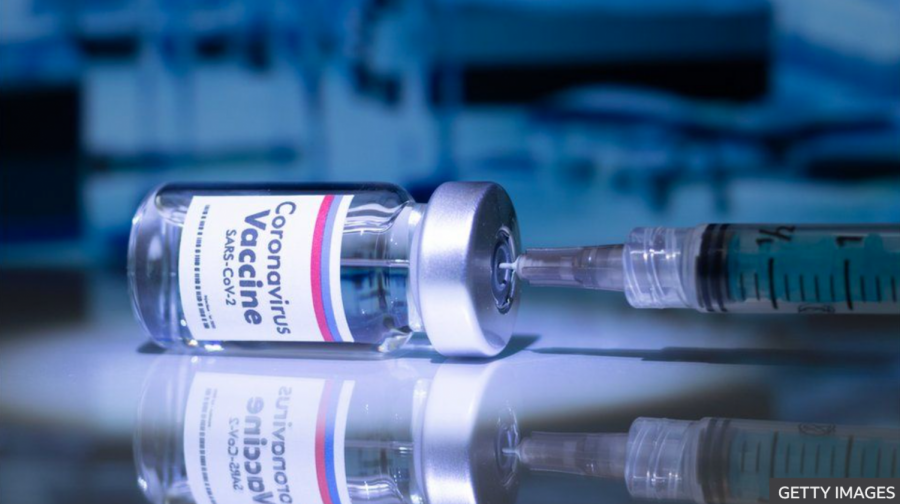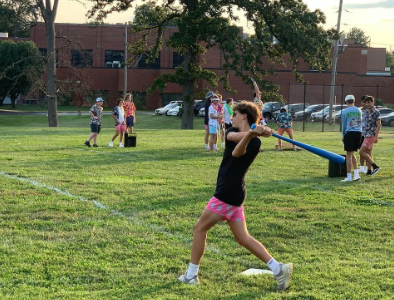Covid-19 Vaccine Rollout Begins in the US
Photo by Getty Images
The Covid-19 vaccine is given in two doses and recipients are monitored for ten minutes after each dose.
With more than 400,000 deaths from Covid-19 in the United States, a light at the end of the tunnel has been discovered. Vaccines from companies like Moderna and Pfizer started rolling out in mid December 2020 in America.
The first group of people receiving the vaccine has been healthcare workers. School nurses, teachers and other staff have been receiving their first doses as well, including here at Mehlville.
Most vaccines take about 10-15 years to develop. With the pressure and strain being put on healthcare workers by the pandemic, the Department of Health and Human Services launched a plan called Operation Warp Speed. This plan went into effect on March 30, 2020 and its main goal was to expedite the process of developing a Covid-19 vaccine.
The Pfizer vaccine was approved by the Food and Drug Administration on Dec. 11. The Moderna vaccine soon followed on Dec. 18.
The Covid-19 vaccine works differently. It contains mRNA which gives our cells instructions to make a spike protein. This spike protein is found on the surface of the virus that causes Covid-19.
Most vaccines we are familiar with today use a weakened form of a virus to inject into a person’s body. Once in the body, antibodies are formed and kill off that weakened form of virus. Our body learns how to fight the virus off if it were to actually enter our system.
According to the Center for Disease Control and Prevention, “Once the instructions (mRNA) are inside the immune cells, the cells use them to make the protein piece. After the protein piece is made, the cell breaks down the instructions and gets rid of them.”
Next, the cell will display the protein piece on its surface. The body’s immune system will recognize this protein doesn’t belong there and will start creating antibodies. After this, our body will have learned how to protect against future infection.
The mRNA vaccine does not use the live virus that causes Covid-19. It does not have the ability to alter our DNA because it never enters the nucleus, where DNA is stored. The cell will break down and get rid of the mRNA after it is finished using the instructions.
While some people don’t have side effects from the vaccine, some might have mild symptoms like pain at the injection site, a headache or fever. These side effects are normal. A small number of people have an extremely rare allergic reaction after vaccination. If this does happen, healthcare workers have medication available that will immediately treat the reaction.
Click here to see what groups are getting the vaccine next. States have been given the authorization to dictate the rollout as they see fit so these may vary from state to state.

Samra Selimovic is starting her second year as a junior in journalism. She is interested in reporting her opinions on current events and writing features...







